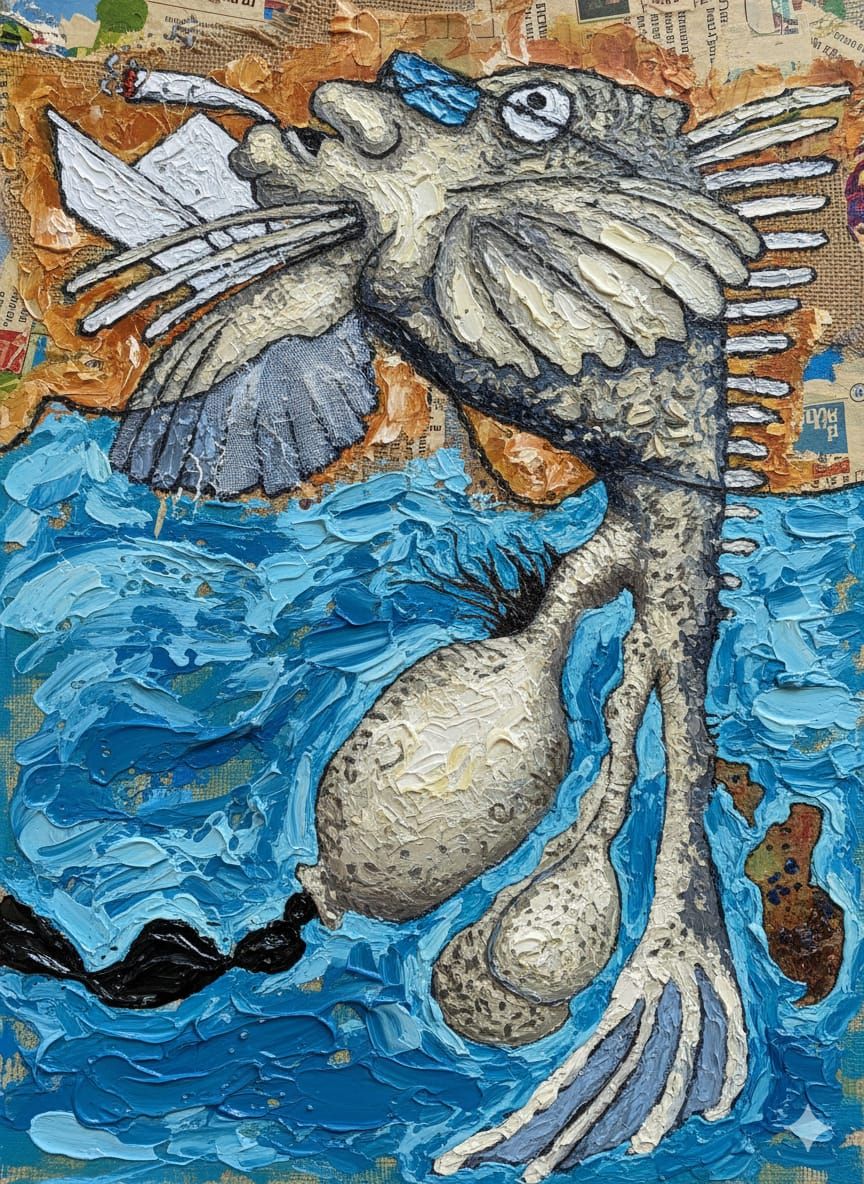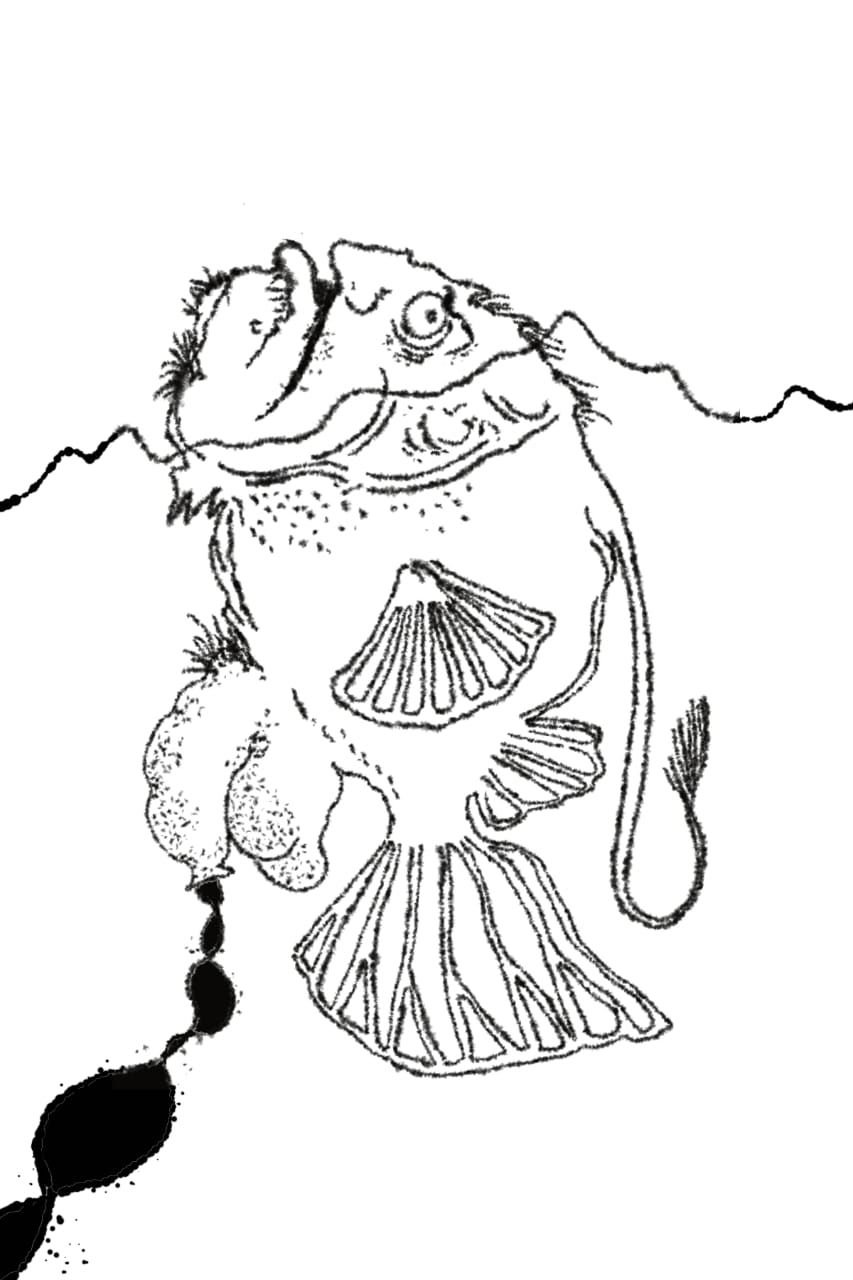Coiling Turds
10/7/2025

It’s incredible, truly astonishing, how some people produce turds that resemble expertly piped soft-serve ice cream, winding and coiling gracefully, a fecal Fibonacci spiral perfected through God-knows-what intestinal wizardry. And you sit there, awkwardly gazing at your latest excremental sculpture, wondering if the cosmos is whispering secrets about the nature of existence through your bowels or whether you’ve just eaten far too much fiber again.
But why? What diabolical evolutionary advantage could there possibly be in shitting tidy, coiled packages rather than a chaotic splatter of undigested disappointment? Perhaps the coiling turd is nature’s sarcastic nod to humanity’s pretension—our deepest secret fantasy to leave behind something meaningful, structured, and beautiful—something, at least metaphorically, not shitty.
Turds, you see, are no trivial affair—these neat little coils actually hide an intimate narrative of your bowel movements: the very odyssey of digested biryani, aloo posto, and your mother’s insistence on forcing vegetables upon you. The Sanskrit term for excretion, मल (mala), shares its root meaning “impurity” or “filth,” which nicely sums up how your ancestors felt about bodily functions (they probably also coiled their turds, bless them).

And yet, for all their supposed impurity, turds are oddly mathematical. If the colon contracts rhythmically enough, the poop, propelled by peristalsis, rotates obediently, like some obedient gymnast somersaulting in slow-motion. The process of peristalsis (Greek: περίσταλσις, from περιστέλλειν—“to wrap around”) is your gut’s obscene ballet, choreographed to an invisible score composed largely of lentils and regret.
Historically, the interest in excrement isn’t exactly modern. In ancient Rome, the shape and texture of one’s turds determined health diagnoses; and, doubtlessly, there existed some toga-clad fellow desperately attempting a “perfect coil” after bingeing on honeyed figs. Perhaps a bit of an exaggeration, but if Emperor Nero could fiddle while Rome burned, surely he could coil while Rome flushed.
On a molecular level, your poop coils because of mucus—yes, mucus—produced generously by goblet cells lining your intestinal walls. They lubricate your outgoing offering, enabling the shit, now compacted and shaped, to coil like a disciplined yogi’s spine in Paschimottanasana. Imagine, without these humble goblet cells, your poops would resemble dry, cracked bricks; evacuation would be akin to birthing geological formations.
But here’s the rub, and not the good kind: if your turd coils excessively, you might have overdone the hydration bit, obsessively chugging fluids until your colon swims like a Bengali enjoying a monsoon downpour. Conversely, the absence of coils can mean dehydration—an intestinal Sahara, devoid of grace or elegance, a crumbling pile resembling poorly constructed alur dom from your least favorite aunt’s kitchen.
Perhaps, though, the real mystery isn’t why we coil, but why we care. The human fascination with feces is deeply Freudian, vaguely absurd, and distinctly unhygienic—but therein lies our magnificent human contradiction: we’ll invent gods, split atoms, cure diseases, yet we still marvel proudly at the shape of our shit, secretly hoping each swirl is Instagram-worthy.
After all, what is civilization but mankind’s eternal attempt to organize chaos—to neatly coil our existential uncertainty into tidy little mounds, and then to flush them all away?